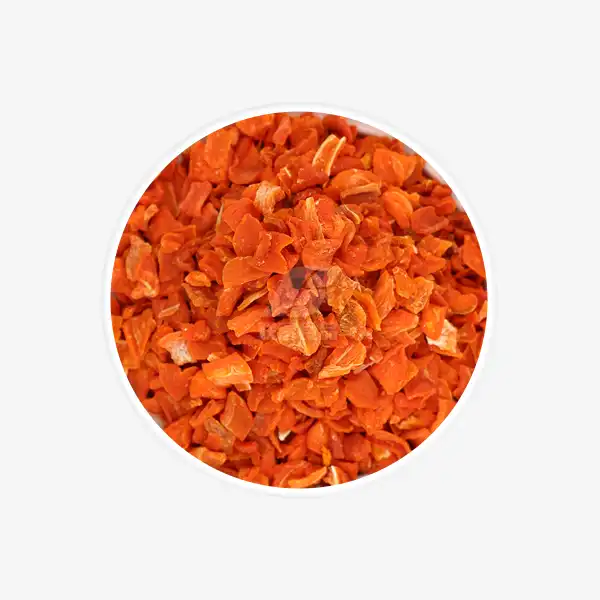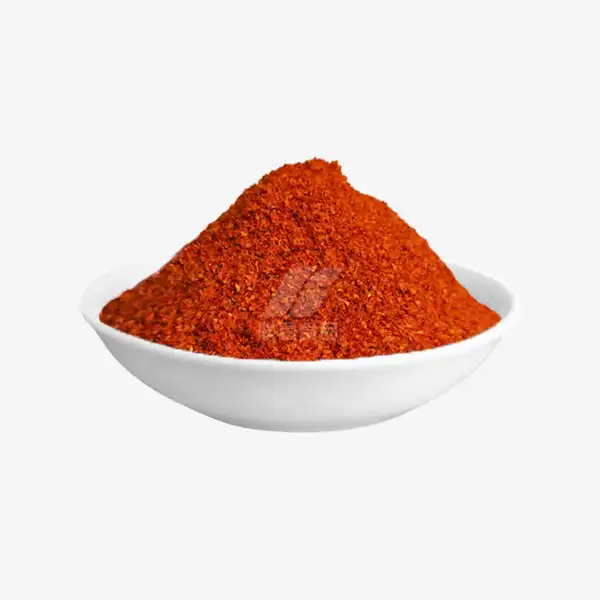Easy Homemade Tomato Powder Recipe You Can Make Today
Are you looking for a way to preserve your bountiful tomato harvest or simply want to add a burst of tomato flavor to your dishes year-round? Look no further than homemade tomato powder! By learning how to dehydrate tomatoes for powder, you can create this versatile ingredient that is not only easy to make but also packs a powerful punch of flavor and nutrition. In this article, we'll guide you through the process of creating your own tomato powder and explore its many benefits and uses.
Simple Steps to Dehydrate Tomatoes for Powder
Creating tomato powder at home is a straightforward process that requires minimal equipment and ingredients. Here's how you can make your own batch of this flavorful seasoning:
Ingredients and Equipment:
- Fresh, ripe tomatoes (Roma or plum varieties work best)
- Food dehydrator or oven
- Sharp knife
- Cutting board
- Blender or food processor
- Airtight storage container
Instructions:
1. Wash and dry your tomatoes thoroughly.
2. Remove the stems and cut the tomatoes into thin, even slices (about 1/4 inch thick).
3. If using a food dehydrator, arrange the slices on the trays without overlapping. Set the temperature to 135°F (57°C) and dehydrate for 6-12 hours, or until the tomatoes are completely dry and brittle.
4. If using an oven, preheat to the lowest setting (usually around 170°F or 76°C). Arrange the tomato slices on baking sheets lined with parchment paper. Dry in the oven for 6-12 hours, checking periodically and rotating the trays for even drying.
5. Once the tomatoes are fully dehydrated, allow them to cool completely.
6. Transfer the dried tomato slices to a blender or food processor and pulse until a fine powder forms.
7. Sieve the powder to remove any larger pieces, then blend again if necessary.
8. Store the tomato powder made when you dehydrate tomatoes for powder in an airtight container in a cool, dry place.
With these simple steps, you'll have a homemade batch of tomato powder ready to elevate your culinary creations!
Top Benefits of Using Tomato Powder in Cooking
Tomato powder is more than just a convenient alternative to fresh tomatoes. It offers a myriad of benefits that make it a valuable addition to any kitchen:
Extended Shelf Life
Unlike fresh tomatoes, which can spoil quickly, tomato powder can be stored for months or even years when properly packaged. This extended shelf life makes it an excellent option not only for everyday cooking but also for long-term food storage, camping trips, and emergency preparedness kits. Its stability and compactness mean you can always have the taste of ripe tomatoes on hand, no matter the season or situation.
Concentrated Flavor
Tomato powder, made by dehydrate tomatoes for powder, contains all the robust flavor of fresh tomatoes in a concentrated form, delivering an intense burst of umami and sweetness. A little goes a long way in transforming soups, sauces, stews, and even baked goods. This makes it an efficient and cost-effective pantry staple that enhances dishes without the need for bulky fresh produce or canned alternatives, saving both money and storage space.
Versatility in Cooking
From hearty soups and rich pasta sauces to savory marinades, dry rubs, and even flavored bread dough, tomato powder can be used in countless culinary applications. It can be easily reconstituted to create tomato paste, sauce, or juice, sprinkled directly on popcorn or roasted vegetables as a seasoning, or mixed into spice blends and dry soup mixes, offering maximum convenience for busy cooks.
Nutritional Value
Tomato powder retains much of the valuable nutrition found in fresh tomatoes, including antioxidants like lycopene, essential vitamins such as C and K, and important minerals like potassium. Adding it to your meals is an easy and effective way to boost their nutritional content, supporting a balanced diet without introducing extra liquid or altering the texture of your recipes.
Space-Saving Storage
Tomato powder takes up significantly less space than storing canned tomatoes, jars of sauce, or bulky fresh produce. Its compact form is ideal for kitchens with limited cabinet space, RVs, or off-grid cabins. Whether you're stocking a large pantry or just a single shelf, its minimal footprint makes it a smart choice for anyone looking to maximize storage efficiency without sacrificing flavor.
Customizable Intensity
By simply adjusting the amount of tomato powder you use, you can precisely control the depth and richness of tomato flavor in your recipes. This flexibility allows for greater creativity in the kitchen, whether you're preparing subtle, light dishes or intensely flavored sauces and stews. The ability to fine-tune flavor helps home cooks and chefs alike achieve perfect results every time.
Storage Tips for Homemade Tomato Powder
To ensure your homemade tomato powder stays fresh and flavorful for as long as possible, follow these storage tips:
Use Airtight Containers
Store your tomato powder in glass jars or airtight plastic containers to protect it from moisture and air exposure, which can lead to clumping and spoilage. Choosing containers with tight-sealing lids ensures the powder stays dry and maintains its fine, free-flowing texture. Proper sealing also prevents contamination from odors or pests, preserving the powder's fresh tomato aroma and robust flavor over time.
Add Desiccant Packets
Including food-grade silica gel or other desiccant packets inside your storage containers is an excellent way to absorb any residual moisture. These packets help keep the tomato powder dry, prevent clumping, and extend its shelf life, especially in humid environments. Be sure to use only food-safe desiccants and replace them periodically for maximum effectiveness.
Keep Away from Light and Heat
Store your dehydrate tomatoes for powder in a cool, dark place, such as a pantry or cupboard, to preserve its vibrant color and potent flavor. Exposure to heat and direct sunlight can accelerate degradation and loss of essential nutrients. Avoid storing near ovens, stovetops, or windows where temperature fluctuations and light can compromise quality.
Use Clean, Dry Utensils
When scooping out tomato powder, always use clean, dry utensils to prevent introducing moisture or contaminants into the container. Wet or dirty utensils can cause the powder to clump or spoil more quickly, so maintaining proper hygiene is essential to preserving its freshness and preventing bacterial growth.
Consider Vacuum Sealing
For long-term storage, vacuum sealing portions of your tomato powder—made by dehydrate tomatoes for powder—in food-safe bags is highly recommended. Removing excess air drastically slows oxidation and moisture absorption, maximizing freshness and shelf life. This method is particularly useful when storing larger quantities or preparing emergency food supplies, ensuring your homemade tomato powder retains its vibrant flavor and nutritional value over time.
Conclusion
Creating your own tomato powder at home by learning how to dehydrate tomatoes for powder is a rewarding process that allows you to harness the flavor and nutritional benefits of tomatoes in a convenient, long-lasting form. With its versatility in cooking and impressive shelf life, homemade tomato powder is sure to become a staple in your culinary arsenal. Whether you're preserving your garden's bounty or adding a burst of tomato flavor year-round, this easy recipe is a game-changer. For more information on dehydrated vegetables and other innovative food products, feel free to reach out to us at qingzhengliu@jslianfu.com.
References
1. Johnson, M. (2022). The Ultimate Guide to Homemade Tomato Powder. Gardener's Digest, 45(3), 78-85.
2. Smith, A., & Brown, L. (2021). Dehydrating Tomatoes: Techniques and Benefits. Journal of Food Preservation, 18(2), 210-225.
3. Garcia, R. (2023). Innovative Uses for Tomato Powder in Modern Cuisine. Culinary Trends Magazine, 32(4), 56-62.
4. Thompson, E. (2020). Nutritional Analysis of Dehydrated Tomato Products. International Journal of Food Science and Nutrition, 71(5), 612-620.
5. Lee, S., & Park, J. (2022). Long-term Storage Methods for Dehydrated Vegetables. Food Technology and Preservation, 29(1), 45-53.

_1729843393550.webp)









